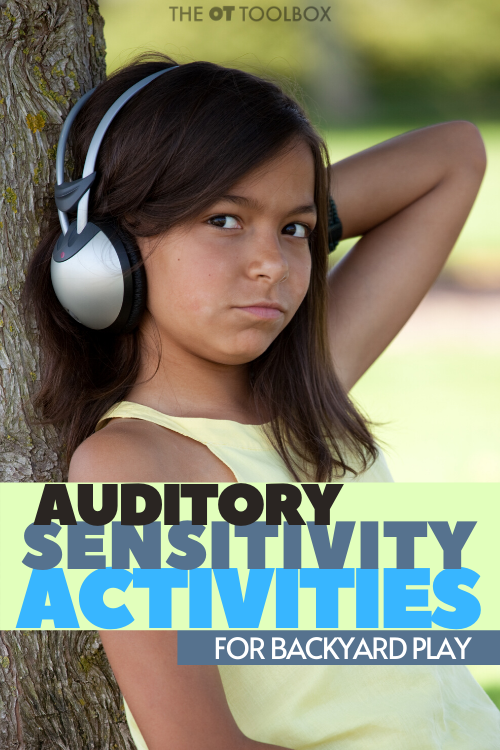
In many cases, owners of younger dogs frightened of specific sounds may be under the false impression that their dog will grow out of it, but without treatment, it is not uncommon for the condition to both worsen and sometimes develop fear responses to other noises as well. Early intervention is also important as there is evidence that a dog suffering from noise anxiety may be susceptible to other types of anxieties, such as separation anxiety and generalised anxiety. lip-licking, yawning, scanning of environment) may prevent more serious noise anxiety from developing. Easing anxiety when the pet’s response is minimal (e.g. Giving puppies and young dogs a chance to be accustomed to a wide variety of sounds in a safe environment at an early age is key to the prevention of fear of noise as well as other anxieties.Įarly intervention is the most helpful strategy in dealing with noise related anxieties because the dog otherwise learns from each negative experience, which may result in significant noise related fear and anxiety. Speak to your vet about an innovative, rapid-acting solution tailored to the timing and duration of the noise anxiety experienced by your dog.
Auditory sensitivity and anxiety windows#
Anxiety can be triggered in the presence of stimuli that cause a dog to anticipate a fear eliciting event, such as heavy rain on the windows in the case of dogs frightened of thunderstorms. For example, some dogs frightened of fireworks become fearful of the sound of car doors being closed. Sometimes fear of such sounds occurs because they are similar to sounds that are a more obvious threat. In some cases, even the sound of a vacuum cleaner, washing machine or other household appliance may act as triggering stimuli for anxiety and fear. Not all sound sensitivities necessarily relate to loudness.

Some dog owners report that their dog has learned to be fearful from another dog that was fearful.In some dogs, noise anxiety gradually appears following several relatively mild noise events and typically worsens with the time.Some dogs lack early experiences of complex sound stimuli and may therefore react fearfully to all new sounds.Other dogs begin to react fearfully to noises due to a traumatic noise event.Some dogs react fearfully to noises already as puppies and some breeds or lines within breeds seem to have a higher incidence of noise anxiety.Often there are several factors involved in the development of noise sensitivities: Why certain dogs develop anxiety and fear in response to noise and why some noises become a problem to an individual animal cannot always be determined. Phobias typically lead to avoidance behaviour and it can develop after a single traumatic event or as a result of repetitions of less severe events.

Even low levels of triggering stimuli almost always provoke an immediate behavioural response which may take the form of a “panic attack”. In many situations, fear can be a normal self-protecting behaviour.Ī phobia is an exaggerated, persistent and irrational fear response disproportionate to the level of danger. an object, noise, social situation) that a pet perceives as a threat or danger. remaining close to a person or conspecific) or changes in appetite, including anorexia.įear is an emotional response caused by a specific stimulus (e.g. immobility, pacing, circling, restlessness) changes in distances to supportive stimuli (e.g. Behavioural signs may include changes in activity (e.g. increased respiratory and heart rates, trembling or paralysis, increased salivation or sweating, gastrointestinal disturbances) and behavioural signs. Anxiety includes physiological signs (e.g. Anxiety is a reaction to an anticipated danger.


 0 kommentar(er)
0 kommentar(er)
